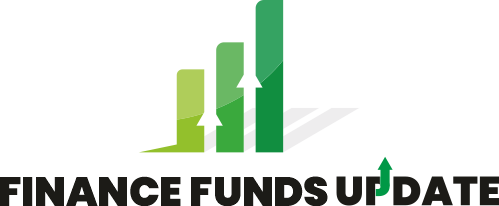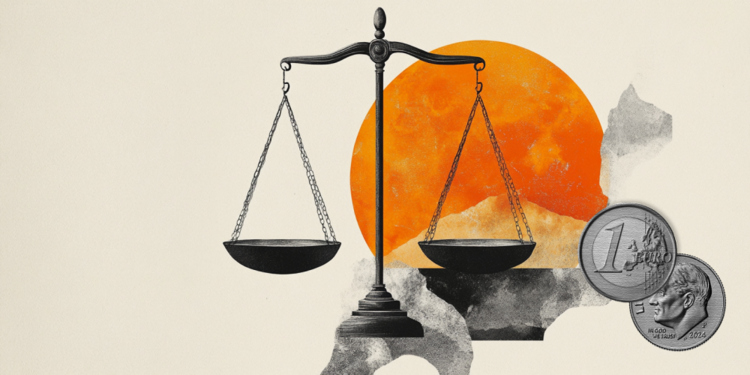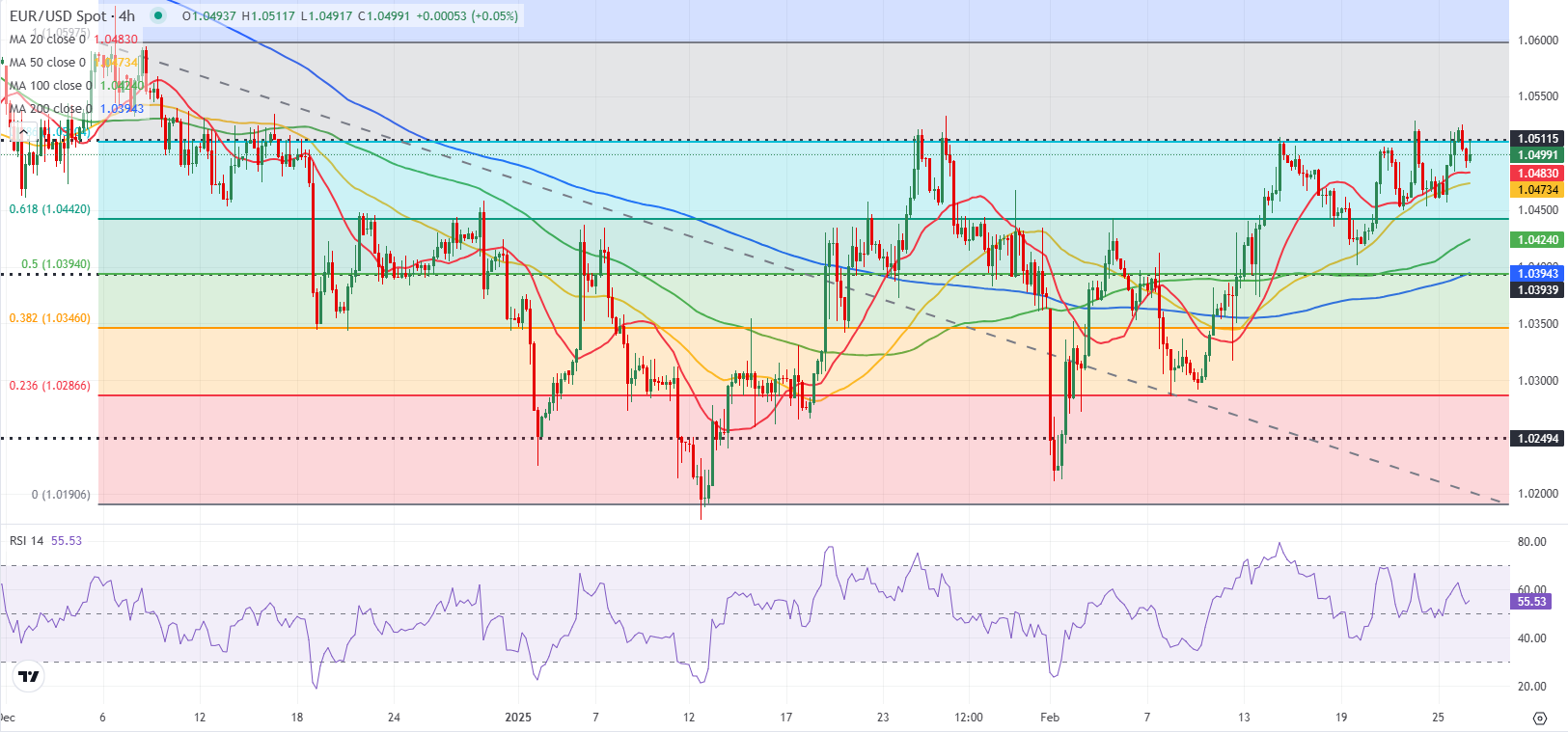- EUR/USD trades in a narrow channel near 1.0500 early Wednesday.
- The technical outlook highlights sellers’ hesitancy in the near term.
- In the absence of high-tier data releases, investors will pay close attention to the action in US bond markets.
EUR/USD gathered bullish momentum and closed in positive territory on Tuesday. While the pair stays relatively quiet at around 1.0500 in the European morning on Wednesday, the technical outlook shows no signs of a deeper correction.
Euro PRICE This week
The table below shows the percentage change of Euro (EUR) against listed major currencies this week. Euro was the strongest against the Canadian Dollar.
| USD | EUR | GBP | JPY | CAD | AUD | NZD | CHF | |
|---|---|---|---|---|---|---|---|---|
| USD | -0.35% | -0.12% | 0.07% | 0.72% | 0.42% | 0.53% | -0.41% | |
| EUR | 0.35% | 0.13% | 0.25% | 0.88% | 0.76% | 0.70% | -0.24% | |
| GBP | 0.12% | -0.13% | 0.15% | 0.75% | 0.63% | 0.56% | -0.37% | |
| JPY | -0.07% | -0.25% | -0.15% | 0.67% | 0.46% | 0.56% | -0.37% | |
| CAD | -0.72% | -0.88% | -0.75% | -0.67% | -0.35% | -0.18% | -1.11% | |
| AUD | -0.42% | -0.76% | -0.63% | -0.46% | 0.35% | -0.07% | -1.00% | |
| NZD | -0.53% | -0.70% | -0.56% | -0.56% | 0.18% | 0.07% | -0.92% | |
| CHF | 0.41% | 0.24% | 0.37% | 0.37% | 1.11% | 1.00% | 0.92% |
The heat map shows percentage changes of major currencies against each other. The base currency is picked from the left column, while the quote currency is picked from the top row. For example, if you pick the Euro from the left column and move along the horizontal line to the US Dollar, the percentage change displayed in the box will represent EUR (base)/USD (quote).
The sharp decline seen in the US Treasury bond yields weighed on the US Dollar (USD) on Tuesday and helped EUR/USD push higher. US Treasury Secretary Scott Bessent said that US President Donald Trump’s administration aims to reduce spending, while easing monetary policy and lowering Treasury yields at the same time. The benchmark 10-year US yield fell more than 2% on the day following these comments and touched its lowest level since early December below 4.3%.
The economic calendar will not feature any high-tier data releases that could influence EUR/USD’s action on Wednesday.
US President Donald Trump will hold a press conference at 14:00 GMT. Investors will pay close attention to his comments on tariff policy. In case there is another leg lower in the US T-bond yields, the USD could come under renewed selling pressure and open the door for additional gains in EUR/USD. At the time of press, the 10-year yield was up marginally higher on the day at 4.305%.
EUR/USD Technical Analysis
The Relative Strength Index (RSI) indicator on the 4-hour chart holds above 50 and EUR/USD continues to trade above the 20-period and the 50-period Simple Moving Averages (SMA), reflecting sellers’ hesitancy.
EUR/USD faces stiff resistance area at 1.0500-1.0510 (round level, Fibonacci 78.6% retracement of the latest downtrend) ahead of 1.0540 (100-day SMA) and 1.0600 (beginning point of the downtrend).
On the downside, supports could be spotted at 1.0440 (Fibonacci 61.8% retracement), 1.0390-1.0400 (50-day SMA, Fibonacci 50% retracement) and 1.0350 (Fibonacci 38.2% retracement).
Euro FAQs
The Euro is the currency for the 19 European Union countries that belong to the Eurozone. It is the second most heavily traded currency in the world behind the US Dollar. In 2022, it accounted for 31% of all foreign exchange transactions, with an average daily turnover of over $2.2 trillion a day. EUR/USD is the most heavily traded currency pair in the world, accounting for an estimated 30% off all transactions, followed by EUR/JPY (4%), EUR/GBP (3%) and EUR/AUD (2%).
The European Central Bank (ECB) in Frankfurt, Germany, is the reserve bank for the Eurozone. The ECB sets interest rates and manages monetary policy. The ECB’s primary mandate is to maintain price stability, which means either controlling inflation or stimulating growth. Its primary tool is the raising or lowering of interest rates. Relatively high interest rates – or the expectation of higher rates – will usually benefit the Euro and vice versa. The ECB Governing Council makes monetary policy decisions at meetings held eight times a year. Decisions are made by heads of the Eurozone national banks and six permanent members, including the President of the ECB, Christine Lagarde.
Eurozone inflation data, measured by the Harmonized Index of Consumer Prices (HICP), is an important econometric for the Euro. If inflation rises more than expected, especially if above the ECB’s 2% target, it obliges the ECB to raise interest rates to bring it back under control. Relatively high interest rates compared to its counterparts will usually benefit the Euro, as it makes the region more attractive as a place for global investors to park their money.
Data releases gauge the health of the economy and can impact on the Euro. Indicators such as GDP, Manufacturing and Services PMIs, employment, and consumer sentiment surveys can all influence the direction of the single currency. A strong economy is good for the Euro. Not only does it attract more foreign investment but it may encourage the ECB to put up interest rates, which will directly strengthen the Euro. Otherwise, if economic data is weak, the Euro is likely to fall. Economic data for the four largest economies in the euro area (Germany, France, Italy and Spain) are especially significant, as they account for 75% of the Eurozone’s economy.
Another significant data release for the Euro is the Trade Balance. This indicator measures the difference between what a country earns from its exports and what it spends on imports over a given period. If a country produces highly sought after exports then its currency will gain in value purely from the extra demand created from foreign buyers seeking to purchase these goods. Therefore, a positive net Trade Balance strengthens a currency and vice versa for a negative balance.

















